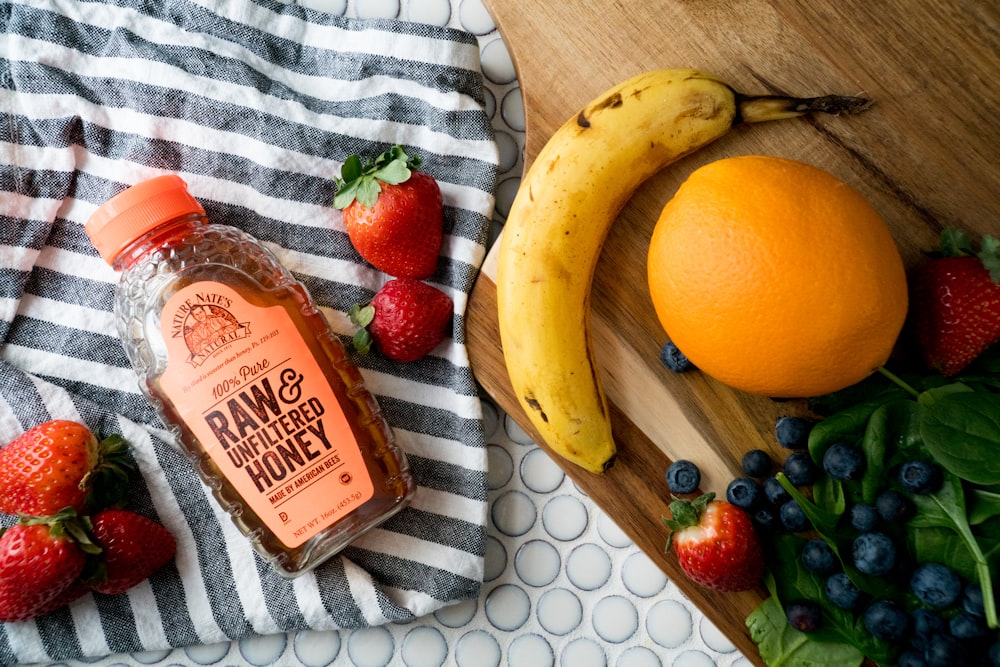Nature’s classifications often leave us scratching our heads, and one such botanical riddle involves bananas and strawberries. Would you believe that bananas are categorized as berries, while strawberries surprisingly aren’t? Let’s peel back the layers of this fruity mystery and explore the fascinating world of botanical definitions.

The Berries We Didn’t See Coming
Bananas, with their convenient peel-and-eat design, seem to be a straightforward tropical fruit. However, according to botanical standards, they fall under the classification of berries. Botanically speaking, berries are defined as fleshy fruits produced from a single ovary, containing seeds embedded in the pulp. Bananas fit this description perfectly, making them a surprising member of the berry family.
Strawberries: Culprit of Misclassification
Strawberries, on the other hand, defy expectations. Despite their berry-like appearance, they are not technically berries. In botanical terms, a true berry must develop from a flower with a single ovary, and the seeds should be embedded inside the fruit. Strawberries, with their seeds on the exterior, don’t meet this criterion. Instead, they belong to the category of aggregate fruits, as their tiny seeds are scattered across the surface of the fleshy receptacle.
The Botanical Nitty-Gritty
Understanding the botanical distinctions sheds light on this seemingly paradoxical classification. Bananas, being true berries, encapsulate the seeds within their pulp, adhering to the strict criteria of botanical classification. Strawberries, with their unique arrangement of seeds, fall outside this definition, showcasing the nuances that make the world of plants endlessly intriguing.
Culinary vs. Botanical Definitions
While botanical classifications provide a scientific framework, culinary definitions often differ. In the kitchen, strawberries are commonly considered berries due to their taste, texture, and culinary usage. This contrast between botanical and culinary definitions adds an extra layer of complexity to the already intriguing world of fruits.
Why Does It Matter?
Understanding the botanical intricacies behind these classifications may seem like a trivial pursuit, but it highlights the diversity and complexity of plant life. It also serves as a reminder that common perceptions don’t always align with scientific definitions. So, the next time you savor a banana or a strawberry, you can appreciate the fascinating interplay between botanical rules and culinary conventions.
In Conclusion: Nature’s Quirks Unveiled
Bananas being berries while strawberries aren’t may defy our expectations, but it’s a prime example of the nuanced world of botanical classifications. As we continue to unravel the mysteries of the natural world, these quirky revelations remind us that there’s always more to discover beneath the surface of our favorite fruits. So, whether you’re team banana or team strawberry, you can now appreciate the botanical intricacies that make each bite a fascinating exploration of nature’s wonders.







